Ground shipping is currently paused. Local deliveries throughout Long Island will continue as usual. Pre-orders for fall are now open. Non-local orders will begin shipping again in early September. Click here to learn more.
Ground shipping is currently paused. Local deliveries throughout Long Island will continue as usual. Pre-orders for fall are now open. Non-local orders will begin shipping again in early September. Click here to learn more.
| Size | |
|---|---|
| Common Name | |
| Type | |
| Family | |
| Native? | |
| Zone | 4, 5, 6, 7, 8, 9 |
| Height Range (ft.) | 3.00 to 6.00 |
| Spread (ft.) | 4.00 to 8.00 |
| Bloom Time | |
| Bloom Description | Clusters of white, five-petaled flowers |
| Sun | |
| Water | |
| Maintenance | |
| Suggested Use | Edible landscapes, Erosion Control, naturalized areas, wildlife gardens |
| Tolerate | |
| Attracts | |
| Growth Rate |
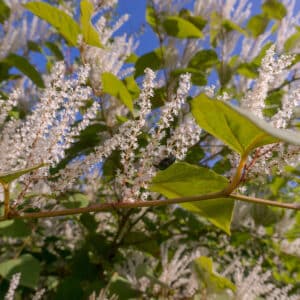
Common Blackberry is a vigorous native shrub producing sweet blackberries in summer. Ideal for edible landscapes, wildlife gardens, and naturalized hedgerows.
$8.99
Please note: Sizes 1.5 Gallon and up can’t be shipped outside the counties of Nassau, Suffolk, and Queens.
Learn more about how the process works and how our plants are delivered.
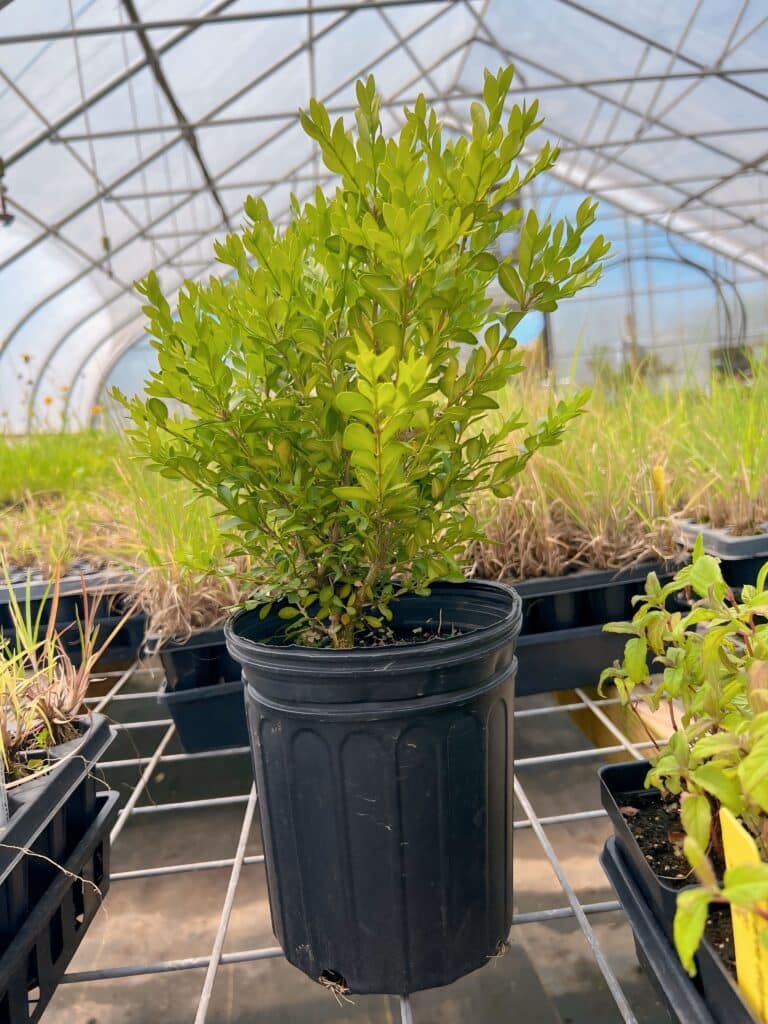

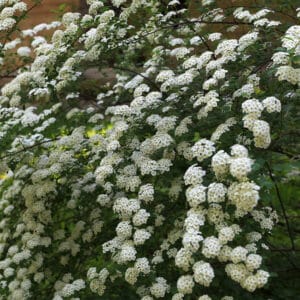
Ground shipping is paused due to summer heat. Only local delivery (Long Island & Queens) is available. Orders placed during the pause will begin processing September 1, and ground shipping will resume September 15.
| Size | |
|---|---|
| Common Name | |
| Type | |
| Family | |
| Native? | |
| Zone | 4, 5, 6, 7, 8, 9 |
| Height Range (ft.) | 3.00 to 6.00 |
| Spread (ft.) | 4.00 to 8.00 |
| Bloom Time | |
| Bloom Description | Clusters of white, five-petaled flowers |
| Sun | |
| Water | |
| Maintenance | |
| Suggested Use | Edible landscapes, Erosion Control, naturalized areas, wildlife gardens |
| Tolerate | |
| Attracts | |
| Growth Rate |
Rubus allegheniensis, commonly known as Common Blackberry, is a vigorous, native deciduous shrub found in meadows, forest edges, and open woodlands across eastern North America. This fast-growing bramble typically forms dense thickets that provide food, cover, and nesting habitat for birds and wildlife. Reaching 3 to 6 feet tall, it spreads readily by underground rhizomes and arching canes.
In late spring to early summer, Common Blackberry produces clusters of white flowers that attract a variety of native pollinators. These are followed by sweet, juicy blackberries in mid to late summer, which are enjoyed by humans, birds, and mammals alike. In fall, its foliage can develop reddish hues, adding additional seasonal interest.
/5
Total reviews
|
|
Persons recommended this product
Anonymous
Shopper
check_circle Verified
Shop owner replied
Was this helpful
Anonymous
Shopper
check_circle Verified
Shop owner replied
Was this helpful
There are no reviews yet.
Be the first to review “ ”
Your feedback helps us improve our service.
Please log in to submit a review.
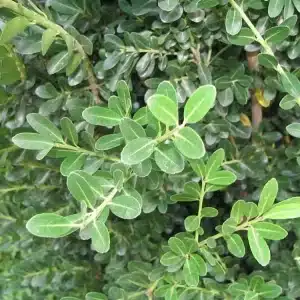
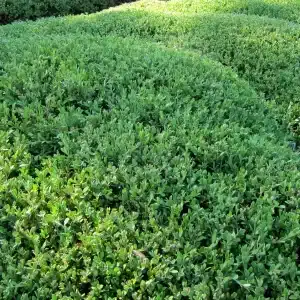
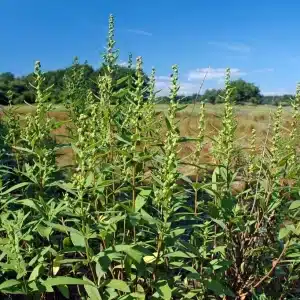
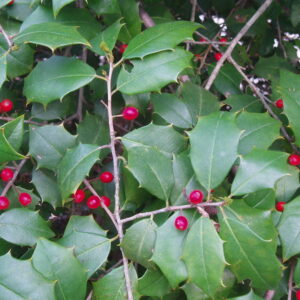


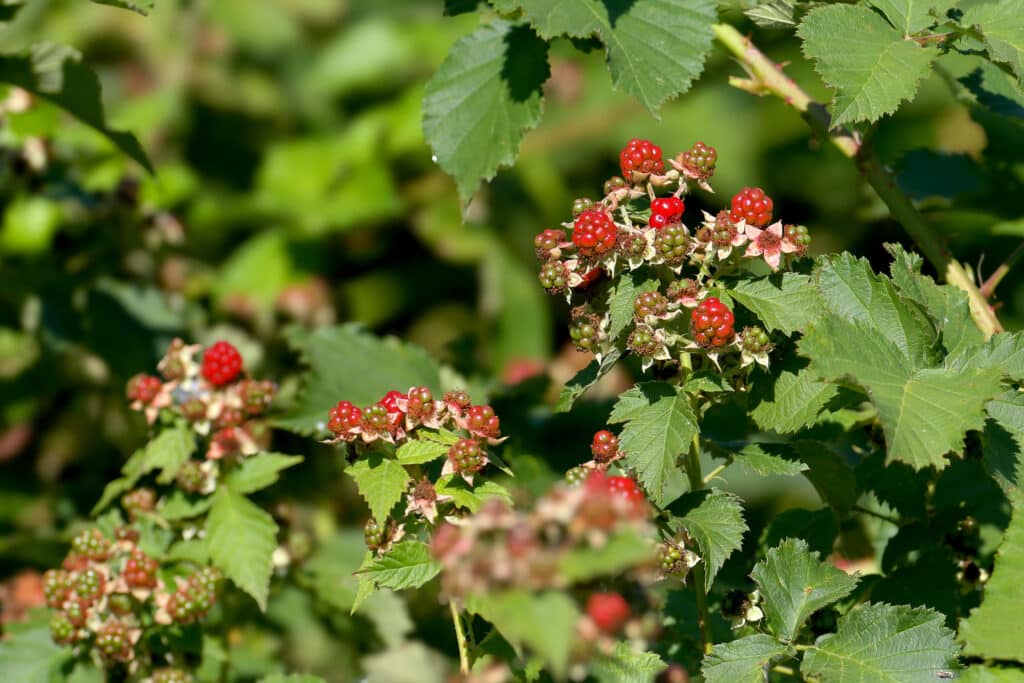
Common Blackberry thrives in full sun but can tolerate partial shade. It prefers well-drained soils and can adapt to a variety of soil types, including sandy or rocky soils. For the best fruit production, plant in an area with plenty of sunlight and good air circulation.
Rubus allegheniensis produces white flowers in late spring to early summer (May-June). Fruits ripen in mid-to-late summer (July-August), turning from red to deep black when fully ripe and ready for harvest.
Yes! The blackberries are edible, offering a sweet-tart flavor. They can be enjoyed fresh off the plant, or used in jams, pies, jellies, and desserts. They’re also nutritious, rich in vitamins and antioxidants.
Absolutely. The flowers attract bees, butterflies, and other pollinators, while the berries provide food for birds and mammals. The thorny canes also create excellent shelter and nesting sites for small wildlife.
Common Blackberry is easy to grow and low-maintenance. However, it spreads readily by suckers and can form dense thickets, so occasional pruning or thinning may be needed to control its spread. It’s drought-tolerant once established and resistant to many pests and diseases.
Our gift cards make it easy to share the beauty of plants, flowers, and all things green. Whether for a special occasion or just because, give the gift of choice and let them select their favorites to create a garden they’ll cherish.
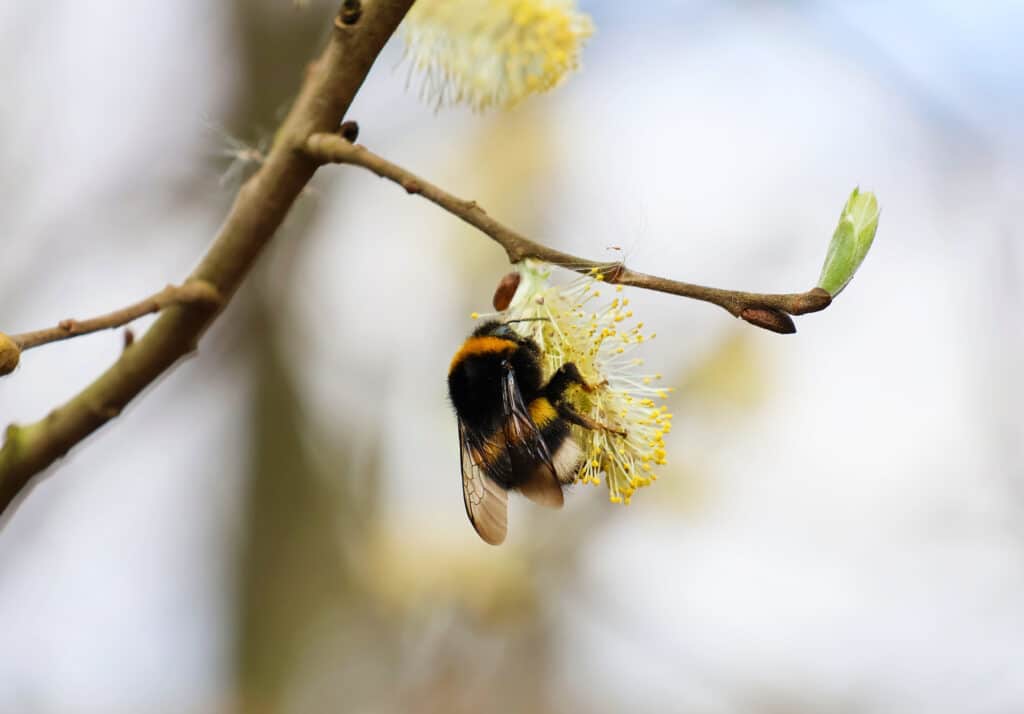
Only Local Delivery Available (Long Island & Queens)
Ground Shipping Paused
To protect our plants from extreme summer heat, we’ve paused nationwide ground shipping to avoid any damage during transit.
Local Delivery Only
We’re still delivering locally to Long Island and Queens, so nearby customers will continue to receive orders as usual.
Fall Pre-Orders Are Open Nationwide!
We will resume normal shipping for non-local orders placed during the pause in early September.
Thank you for your support and understanding—we’re looking forward to growing with you this fall!